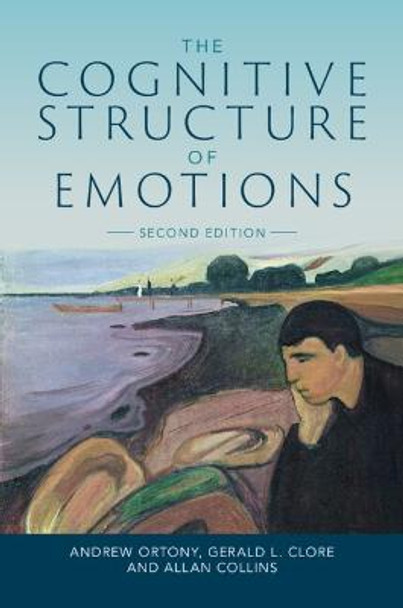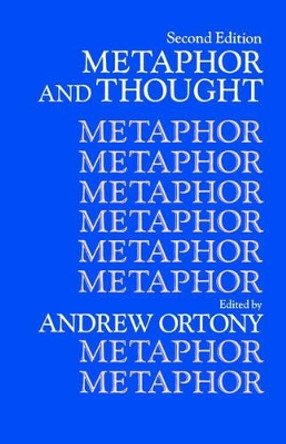Description
A psychologically convincing and computationally tractable linking of emotions to their underlying cognitions and value structures.
About the Author
Andrew Ortony is Professor Emeritus of Psychology, Education, and Computer Science at Northwestern University. He is well-known for his work on emotions, and his research on knowledge representation and metaphor and is the author of the landmark book Metaphor and Thought. Gerald L. Clore is Professor emeritus at the University of Virginia. He is the recipient of numerous awards including the APS William James Award and the SPSP Career Contribution Award. He is a member of the American Academy of Arts & Sciences. Allan Collins is Professor Emeritus of Learning Sciences at Northwestern University. He is a member of the National Academy of Education, and a founding editor of the journal Cognitive Science. His book with Richard Halverson, Rethinking Education in the Age of Technology is in its second edition.
Reviews
'For decades, the original 'OCC model' has inspired and provided 'meat for thought' to many computer scientists struggling to choose among, reconcile and operationalize different emotion theories. I warmly welcome this 'evolved OCC framework', echoing and integrating key recent advances and shifts of perspective from different disciplines. It will surely continue to inspire generations of 'computational emotion modelers'.' Lola Canamero, Professor and INEX Chair of Neuroscience and Robotics, CY Cergy Paris University, France
'In this new edition of The Cognitive Structure of Emotions, Ortony, Clore and Collins (OCC) offer the best-articulated and most deeply analytical cognitive account of the emotions. In steering clear of the usual detours to physiology and neurolocalization, they forthrightly center emotion in the experience of the emoter. The welcome postscript by Gratch and Marsella shows how readily the structural features of OCC's account lend themselves to the computational modeling of emotion. The writing is clear, the arguments are cogent, and the book stands as an indispensable resource for anyone doing affective science.' Alan J. Fridlund, Associate Professor, University of California at Santa Barbara, USA
'The first edition of The Cognitive Structure of Emotions was a major breakthrough. This new edition has integrated major advances in emotion theory and affective computing. There is no doubt it will continue to serve as strong basis of theoretical works and of computational models of emotion.' Catherine Pelachaud, Director of Research, CNRS-ISIR, Sorbonne University, France
'Since its first appearance in 1988, The Cognitive Structure of Emotions by Ortony, Clore and Collins has become a classic of emotion psychology. At the time, the model of emotions proposed by the authors was the most encompassing and systematic appraisal theory of emotion psychology. Nearly 35 years later, the updated version of the 'OCC model' of emotions described in the second edition reasserts the theory's claim to this position. The book is rounded off by an instructive chapter written by Gratch and Marsella on the impact the OCC theory has had on the computational modeling of emotions. Like OCC1, OCC2 is required reading for students of emotion from all disciplines.' Rainer Reisenzein, Institute of Psychology, University of Greifswald, Germany
'A brilliant revision to a brilliant book. A must read for anyone interested in the cognitive underpinnings of emotion - which should be everyone.' Timothy D. Wilson, Sherrell J. Aston Professor of Psychology, University of Virginia, USA
'This book is a further leap forward away from essentialist theories of emotions, which tend to be detached from thinking and experience, towards a more humanistic approach. To read of emotions based on thoughts such as 'It is so good that it happened' is like a breath of fresh air.' Anna Wierzbicka, author of Emotions across Languages and Cultures, Australia
Book Information
ISBN 9781108928755
Author Andrew Ortony
Format Paperback
Page Count 240
Imprint Cambridge University Press
Publisher Cambridge University Press
Weight(grams) 460g
Dimensions(mm) 228mm * 153mm * 17mm








